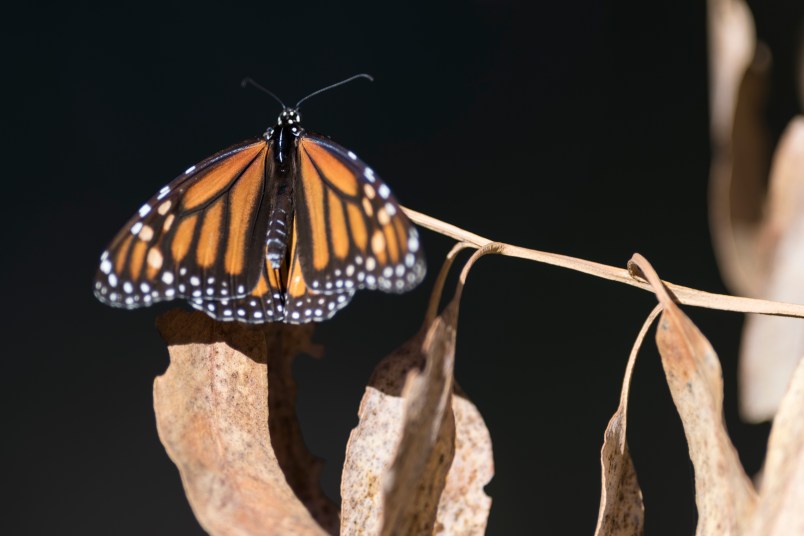DENVER (AP) — The Trump administration on Thursday proposed ending automatic protections for threatened animal and plant species and limiting habitat safeguards that are meant to shield recovering species from harm.
Administration officials said the new rules would advance conservation by simplifying and improving how the landmark Endangered Species Act is used.
“These rules will be very protective,” said U.S. Interior Department Deputy Secretary David Bernhardt, adding that the changes also will reduce the “conflict and uncertainty” associated with many protected species.
Such conflicts have been numerous in the decades since the act’s 1973 passage, ranging from disruptions to logging to protect spotted owls in the Pacific Northwest, to attacks on livestock that have accompanied the restoration of gray wolves in the Rocky Mountains and upper Midwest.
The proposed changes include potential limits on the designation of “critical habitat” for imperiled plants and animals; an end to a regulatory provision that gives threatened plants and animals the same protections as species that are considered more endangered; and streamlining inter-agency consultations when federal government actions could jeopardize a species.
Wildlife advocates and Democratic lawmakers said such moves would speed extinctions in the name of furthering the administration’s anti-environment agenda. Species currently under consideration for protections are considered especially at risk, including the North American wolverine and the monarch butterfly, they said.
“It essentially turns every listing of a species into a negotiation,” said Noah Greenwald with the Center for Biological Diversity. “They could decide that building in a species habitat or logging in trees where birds nest doesn’t constitute harm.”
More than 700 animals and almost 1,000 plants in the U.S. are shielded by the law. Hundreds more are under consideration for protections.
Fewer than 100 species have been taken off the threatened and endangered lists, either because they were deemed recovered or, in at least 10 cases, went extinct.
Trump and Interior Secretary Ryan Zinke have been strong advocates for oil and gas drilling and other types of development, frequently criticizing environmental policies they say hinder economic activity.
But Zinke has also sought to portray himself as a conservationist in the vein of President Teddy Roosevelt who will protect the nation’s natural resources.
The administration’s proposals came amid longstanding criticism of the Endangered Species Act by business groups and some members of Congress. Republicans lawmakers are pushing legislation to enact broad changes to the law, saying it hinders economic activities while doing little to restore species.
One of the chief architects of that effort, U.S. Sen. John Barrasso, a Republican from Wyoming, said the administration’s proposals were “a good start” but indicated that more work was needed.
“The administration is limited by an existing law that needs to be updated,” Barrasso said. “The changes I have proposed will empower states, promote the recovery of species, and allow local economies to thrive.”







I knew that I shouldn’t have gotten out of bed this morning.
Every day. Every god damn day. It just gets worse.
Meanwhile BLM holds lease auctions where no one bids.
Hmm “empower states” to do what with what financials? And Johnny Boy species need room to thrive, and sometimes that means their habitat crosses state borders. And sometimes pollution spreads across state lines.
Thanks, AP. Who knew that protecting the environment required removing the “conflict” between survival of various species and untrammeled commercial development.
You are writing as if the intent is to empower states to help endangered species survive, rather than to empower states to give local industry a free pass.